Monday night on CTV, Sight Unseen wraps up its first season. Ahead of the finale, I caught up with series star Agam Darshi, who plays Sunny, the remote viewing guide for newly blind Vancouver detective Tess (Dolly Lewis), to chat about the show. An agoraphobe following an as-yet-unspecified assault, Sunny is physically confined to a stunning penthouse in New York City, but she has full virtual life that expands even further when she becomes Tess’s eyes. Darshi says the role as initially conceived presented a much smaller world view for her character, and then evolved into richer, albeit still isolated existence.
“I don’t think any of us really knew exactly what the show was going to turn into. I had a sense, obviously, that Sunny’s agoraphobic and her only outlet is through her device, and that it would be a lot of acting with myself in my apartment and my computer. But from what I heard originally, the original idea was that she was this mysterious figure for a huge portion of the series. And she was in one room. We didn’t really get a sense of who she is,” she explains.
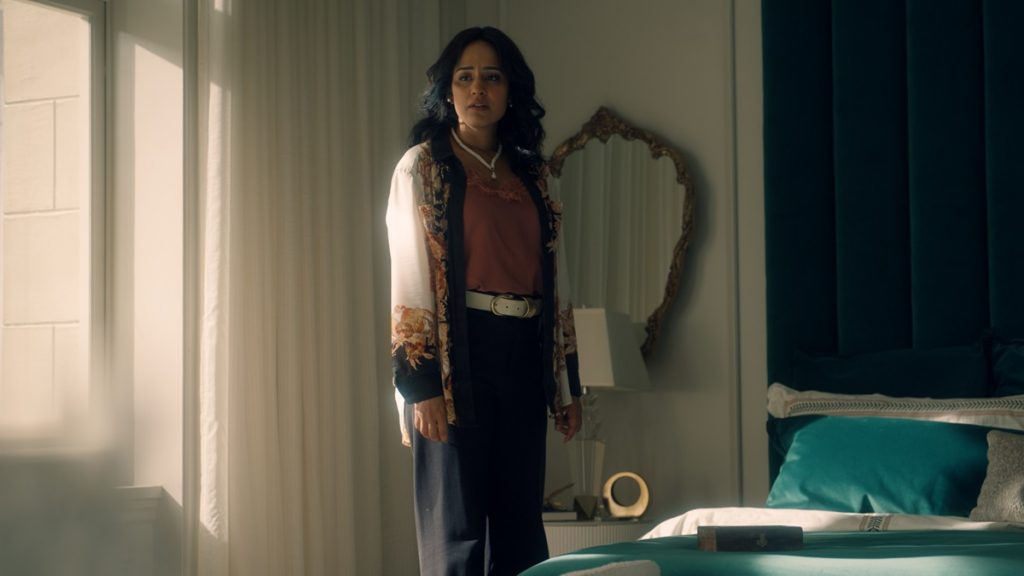
“But then I think [producing director] John Fawcett changed that a lot and really wanted to create a real space for Sunny so that we get to understand who she is, how rich she is, and all of those great details. And so they built this fantastic penthouse for her. It was incredible. And from there, that just spurred a lot of the imagination of the writers and of me, as well. And then I think even just the idea of having this doorman [played by Ennis Esmer], nobody quite knew what his significance was going to be. They had maybe an idea, but he became so much more important as the series progresses.”
Darshi appreciated that the show presents a spectrum of both agoraphobia and sight impairment, that neither are black-and-white conditions.
“I had somebody close to me who has been agoraphobic at certain points in his life. It’s an illness that hits you for various reasons. For some people it’s because they have PTSD, something happened that was traumatic and one day they just realized they didn’t want to leave their house. For other people, it’s more of an OCD symptom,” she shares.
“So I had to make a choice for Sunny, and there were a lot of discussions with [series creators and co-showrunners] Kat and Niko [Troubetzkoy] around what kind of agoraphobia it was and how much anxiety she actually gets, and how that bleeds into the work that she does with Tess. And how much she hides from her interactions with Tess for most of the series in terms of what’s actually going on with her life, what’s actually causing anxiety in her.”
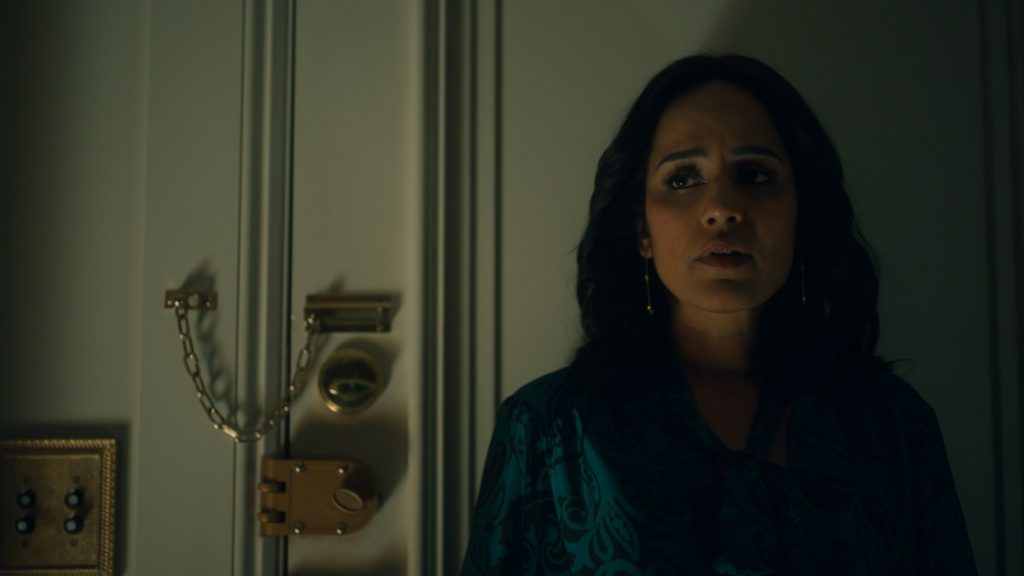
“There were a lot of discussions just making sure that it was being tracked properly, that it felt somewhat honest. Just like the sight impairment, it’s quite an extreme sort of scale. And so there was a lot of ability to just make choices and see where that landed. And as long as it felt honest to me, it was what we were going with.”
“The world that we live in, it’s so convenient [to not leave your house]. You order food, Amazon packages, whatever you want to do, and you live at home and it’s perfectly fine and it’s perfectly safe. And so it’s not an issue anymore [to stay home] until you realize, ‘Oh, wait, a week’s gone by and I haven’t actually talked to anybody.’ People have various degrees of what that looks like. The person who was close to me wouldn’t leave his bedroom. And that was really, really hard.”
“And it’s a really painful, very misunderstood illness that people have.”
Darshi worked with the show’s sight-impaired consultants about how Sunny should speak to Tess, factoring in details people with sight would miss or take for granted. “I spoke to them a number of times about what kind of directional language they would require that would be appropriate for someone who’s a guide, and how to make it specific,” she explains.
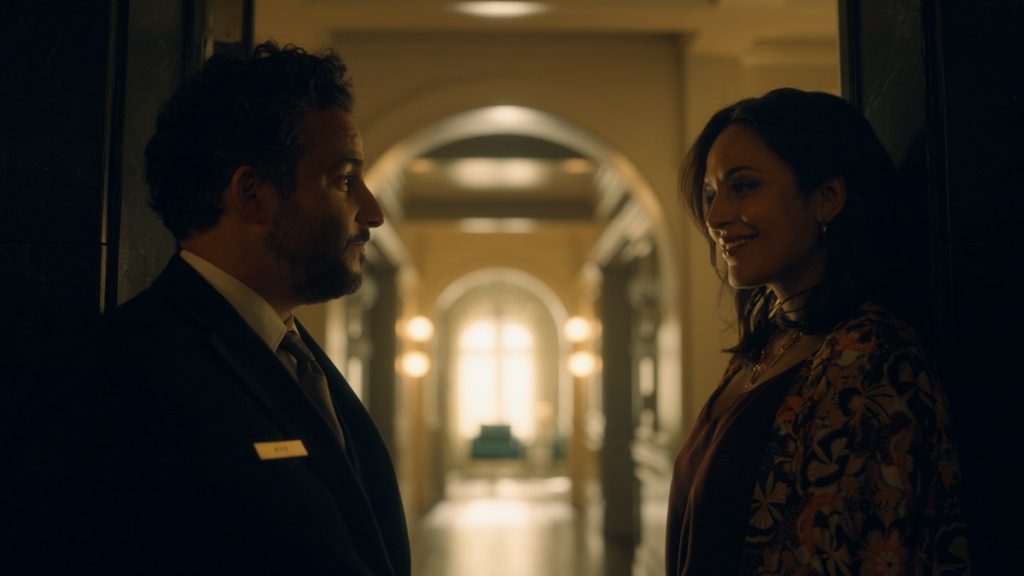
“One thing that you just don’t even think about as someone who is sighted … in one of the first episodes, Tess goes down a number of stairs. And so in my head I said, off camera, but I corrected this in the show was, ‘10 stairs ahead.’ You would never say that because of the possibility that you might be wrong. And then they would fall. So in some ways you have to be incredibly specific and in some ways you have to be a little bit more general so that the person can sort of navigate in a way that feels very safe.”
“There were conversations about that, about checking out the different apps, and just doing the research. As the group has said before, this is a spectrum, which is what’s so interesting because I feel like for so long we’ve always seen sight impairment as being complete blindness. There are a lot of other elements, so it’s been really nice to explore that and to give voice to it. Kat and Niko are super smart.”
“They’re interested in finding the authenticity in a really entertaining way.”
Darshi credits Fawcett with helping her and Lewis build their rapport in the early days of filming. “In the first block, he asked me if I wanted to come in and do off-camera lines with Dolly. And we just got to know each other more. I really liked her and she really liked me and we built a friendship in all of this,” she recalls.
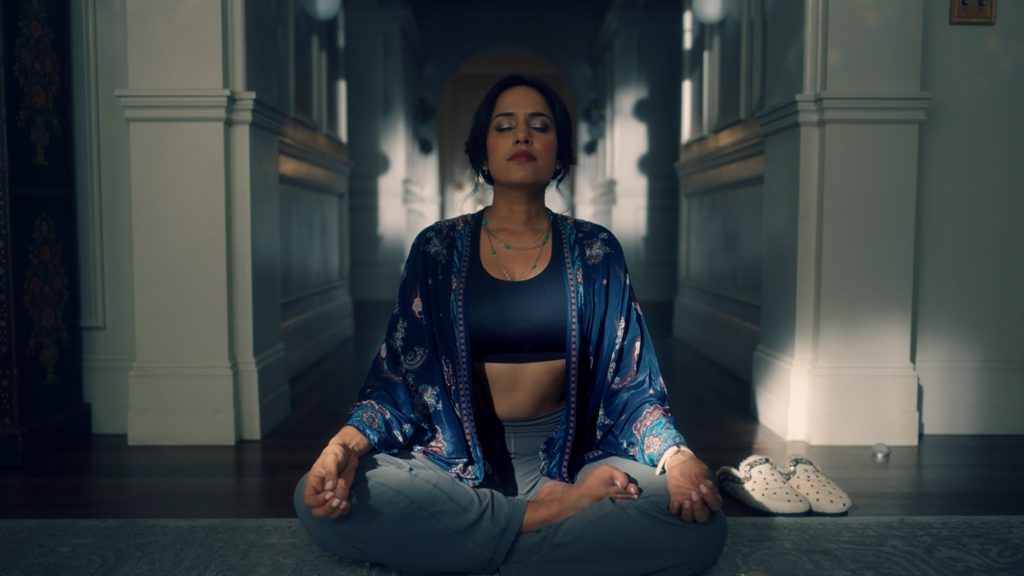
“I think we were both cast at the same time and auditioned together and we were excited for this new series, but we hadn’t ever really seen anything that was similar. So we were both also curious about what it was going to be. And so it helped her to understand how I was going to say things. It helped me to understand what it was that she was actually exploring and what the crime scene actually looked like.”
“By the time we got to my stuff, which was at the end of the block, I felt like I had already been there, which I had. And it just became easier for me to dial in and to say the dialogue. I knew what I was saying. I had lived it. It was inside of me.”
“It didn’t feel like something that I had to stretch my imagination to find.”
“Whereas in later blocks, it felt like I had to do that a little bit more because I wasn’t doing off camera dialogue quite as much. What was great was that the relationship with Dolly had already been established. I understood how she would say things and her sense of humor, and she understood mine.”
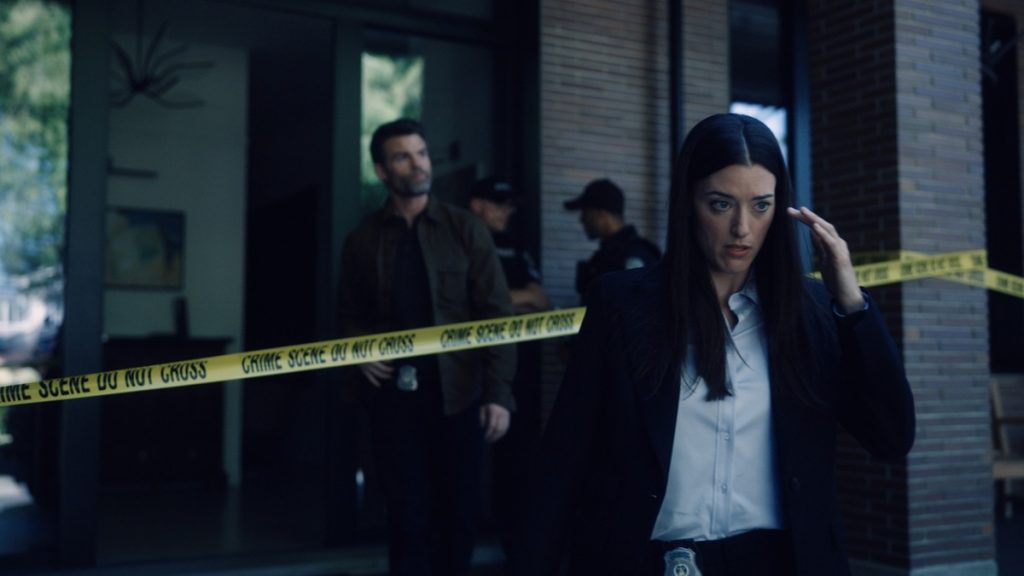
Sunny is with Tess for her work on and off the clock, and Darshi enjoyed the more personal aspects of their relationship as the characters got to know each other better. “Anytime I was able to take it to a more personal place, it was really exciting. The stuff between her and Jake and Sunny getting a little bit nosy and wanting to know the details,” she says.
“And the more we explored Sunny and Tess’s relationship, the more we realized that yes, there are all these other wonderful rich characters and relationships, but it really felt like the love story, I suppose, if there was one here, was between them. It was about these two women who relied on each other in getting to know each other and as a result, helping each other out of what some would consider to be huge impairments.”
“There’s a lot that actually happens emotionally for both characters in the first season.”
“Sunny grows a lot. I really love this whole, ‘Is she trustworthy or is she not?’ element of Sunny. I think that is something that is super interesting, and that kind of cat and mouse thing as Sunny and Tess become closer, and they like each other and really form a bond. And as they get closer, I just think that it’s also super fascinating that maybe they can’t trust each other, either.”
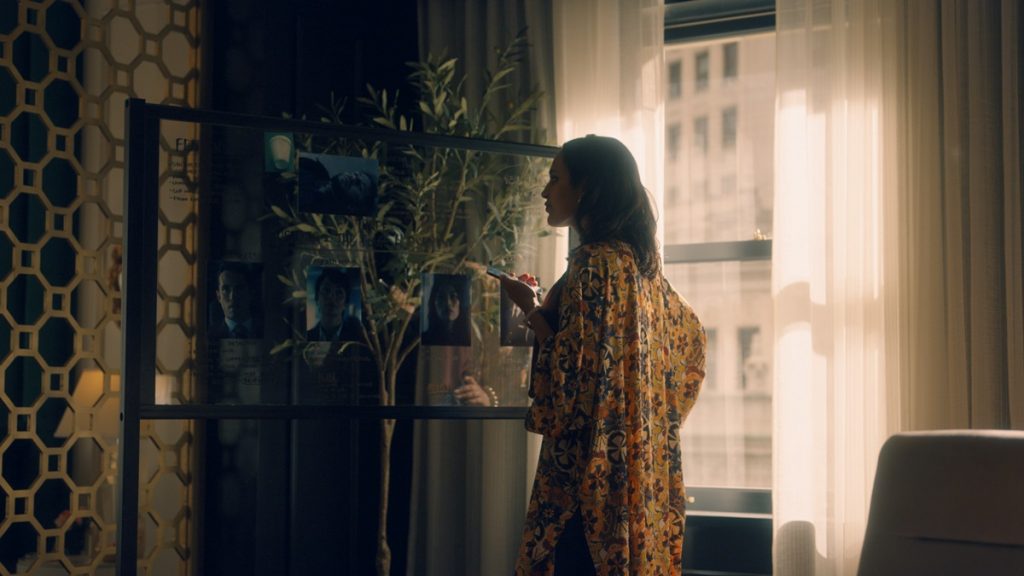
This spring, Darshi directed episodes of CBC’s Allegiance and Citytv’s Family Law, and she’d loved the chance to get behind the camera if we get another season of Sight Unseen. “It’s a very ambitious show, what they were capable of doing with so little time. It’s pretty amazing. Ultimately you have one story that has to be filmed multiple times in multiple different ways, whereas generally speaking, you have one story that only gets to be shot once,” she explains.
“I think they found [that] out very quickly. By the end of it, they had a well-oiled machine in the sense that they knew, ‘Okay, these are the pieces that we need. This is what we need for the sight impairment for Tess’s view. This is what we need for Sunny’s view on the monitor. It was pretty wild and very, very technical. It scares me, but I would love to try.”
The season finale of Sight Unseen airs Monday at 10 PM ET/PT on CTV. You can catch up on the whole season so far now online. The series premieres in the US April 3rd at 8 pm/7c on The CW. And check back the week of April 1st for the rest of my conversation with Agam Darshi as we talk about her role as a story editor and director for CBC’s Allegiance.
Photos courtesy of Bell Media.
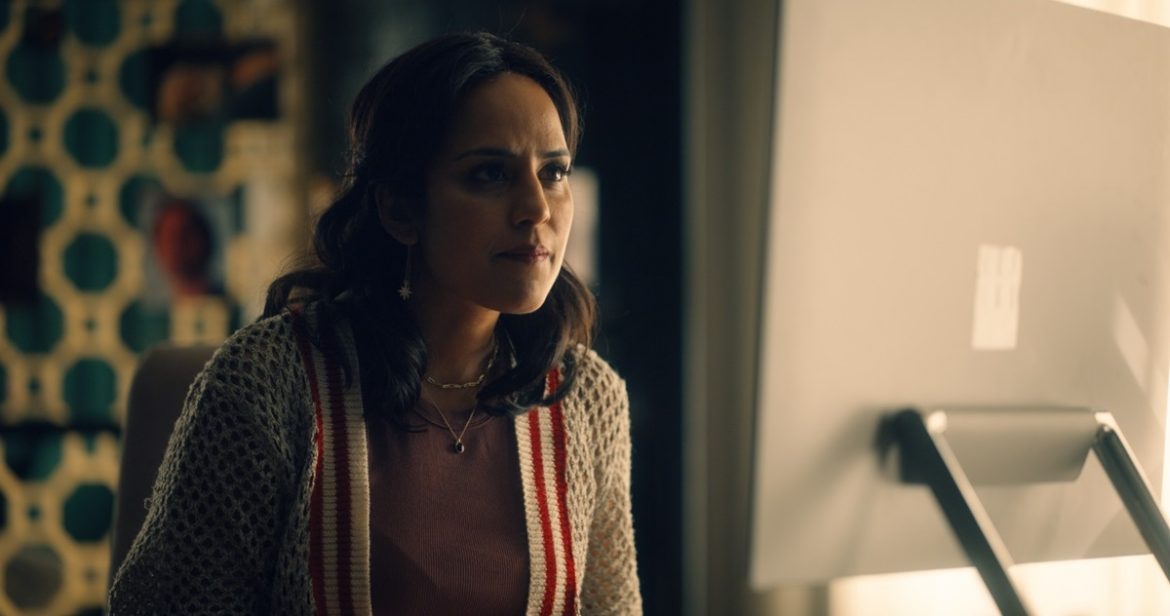
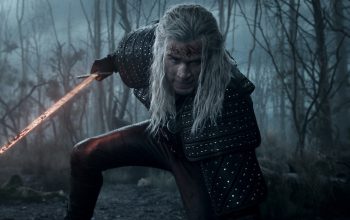


One thought on “Agam Darshi Talks Sight Unseen”